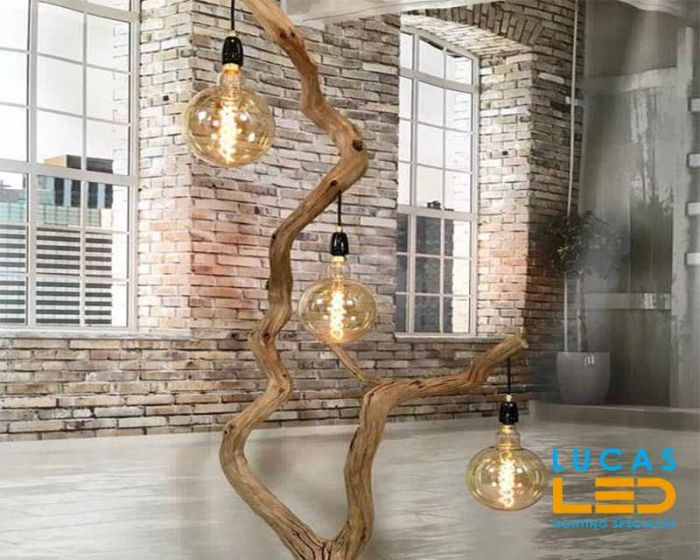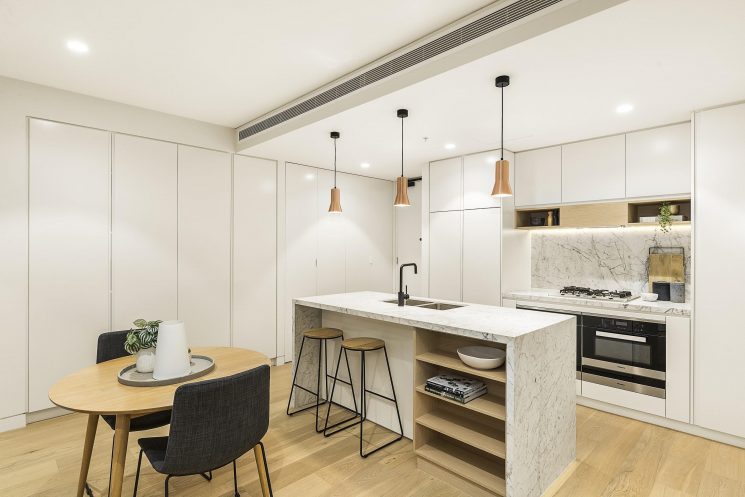At this point it’s safe to say that almost all of us have heard slogans about LEDs: they run for much longer, require less power to work and lower the electricity bills. Those aren’t just bold statements meant to lure you into buying them – they can really save you a lot in the long run. How do they do that and how to calculate the possible net savings? Let’s look into it.
How do LEDs save you money?
It’s quite simple – savings based on LED bulbs come from two factors mentioned above:
- LED bulbs require far less electricity to run than any other currently available bulbs (be it incandescent, halogen bulbs or even CFLs).
- Their lifespan is far longer than that of traditional bulbs of any kind.
Here are some examples that illustrate this:
A traditional incandescent bulb of 60 W can be evenly replaced by a 800 Lumens LED bulb that consumes about 9 W of energy. That’s almost seven times less! Plus, a standard incandescent bulb will last for about 1 500 to 2 000 hours, while the lowest lifespan of a LED bulb is 20 000 h (high-quality ones will last even for over 100 000 h). Halogen light bulbs can shine for about 2 000 hours. So LEDs can last for at least ten times longer than traditional light bulbs. How does it look like for CFL bulbs? Going by the same example, a CFL equivalent of a 60 W bulb consumes about 11 W of energy. Although switching it to LED will reduce the consumption only by about 18%, the longer lifespan makes it much more worth it in the long run. A good quality CFL lasts for about 8 000 hours, which isn’t even half of a decent LED’s lifespan.
If you’re looking for quality LED bulbs, visit lucasled.ie and get all you need to transform your home’s lighting into something much more cost-efficient.

How to calculate the cost of running LED bulbs?
So after you know for sure that LED light bulbs are cheaper to run, you can calculate the specific cost and expected savings. To do this, you’ll need to know:
- Your current bulbs’ and spotlights’ wattage.
- Bulbs’ average length of usage per day.
- Your current electricity pricing per kilowatt hour (kWh, kW-h or kW h). The average price in the UK at the moment of writing is 16.6 p/kWh.
- The cost of replacing each bulb with its LED equivalent.
The easiest way to gather this info is making a spreadsheet and filling it in while going through all the rooms.
The course of calculations
After you’ve gathered all the necessary info, it’s time for some calculations. They should go as follows:
- Current monthly cost = (current wattage / 1,000) x usage in h per day x cost of a kWh x 30 days.
- New cost per month = (new wattage / 1,000) x usage in h per day x cost of a kWh x 30 days.
- Monthly savings = current monthly cost – new monthly cost.
- Payback period (in months) = total cost of replacing bulbs/monthly savings.
Examples
To illustrate the matter even better, let’s look into a few examples.
Let’s say we’ll replace four 60 W incandescent bulbs with 9 W LED equivalents (although we can drop it even to 6 W without significant differences in brightness). Two of them are used for 4 hours a day, one for 6, and one for 2. The current cost for them would be about £4.78, while the new one would be only £0.72. So by replacing just the four of them, we could save up to £4.06 monthly, which gives us about £48.72 per year. And that’s just for 4 bulbs. Those numbers go even higher, the longer the lights stay on – placing LED light bulbs in rooms in which we switch on the lights for long periods daily reduces the costs greatly and shortens the payback period. Those four would pay back in just over 3 months (assuming we use a £3.5 LED light bulb in all those spots).
Adding 3 more bulbs that stay on for 7 hours daily would cost us £6.27 before and £0.94 after we replace them with LED light bulbs. In this case, LED lights save us £5.33 monthly, £63.96 yearly and will pay back in little over a month.
When we group up all those 7 bulbs together, they’ll save us £9.40 monthly, £112.80 yearly and will pay back in two months and a few days. Those numbers go even higher if we replace bulbs with higher wattage or use less bright LED lights (a 40 W bulb can be easily replaced by a 4 W LED one).
LED light bulbs – the future of home lighting systems
By this point, there’s no doubt that LED light bulbs save money, especially compared to incandescent bulbs or high-powered halogens. They’re the most energy-efficient lighting option currently available on the market. Despite their higher initial cost, switching to LED lights will help you start saving almost from the get go and will make your home more eco-friendly, as they work for many years and require far less power to operate. So don’t wait and change your bulbs to LED ones, lowering your next electricity bill and all that will come after it.





